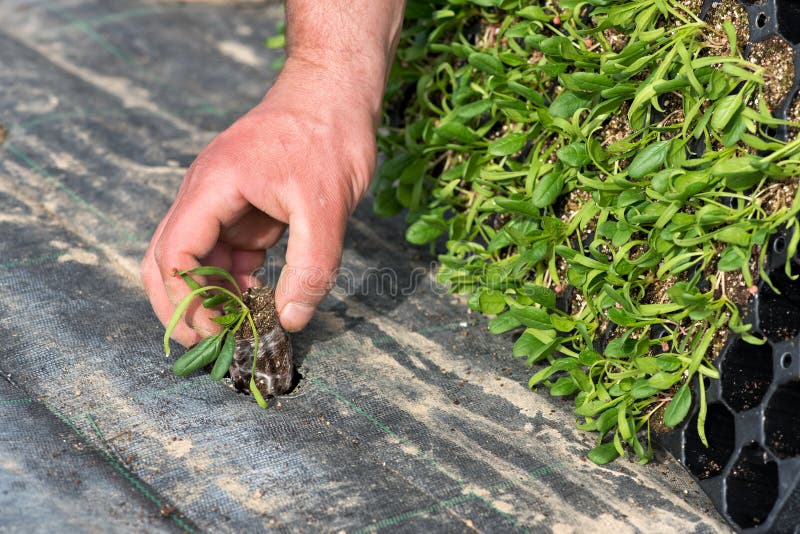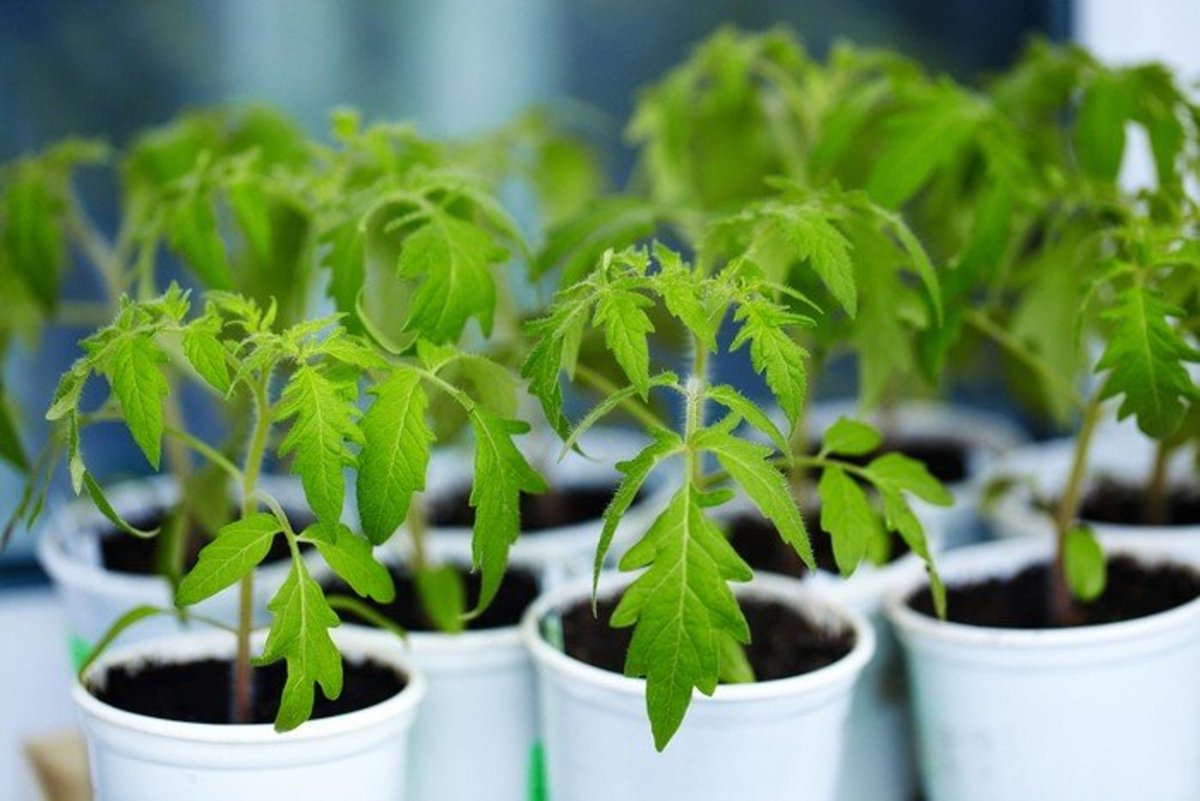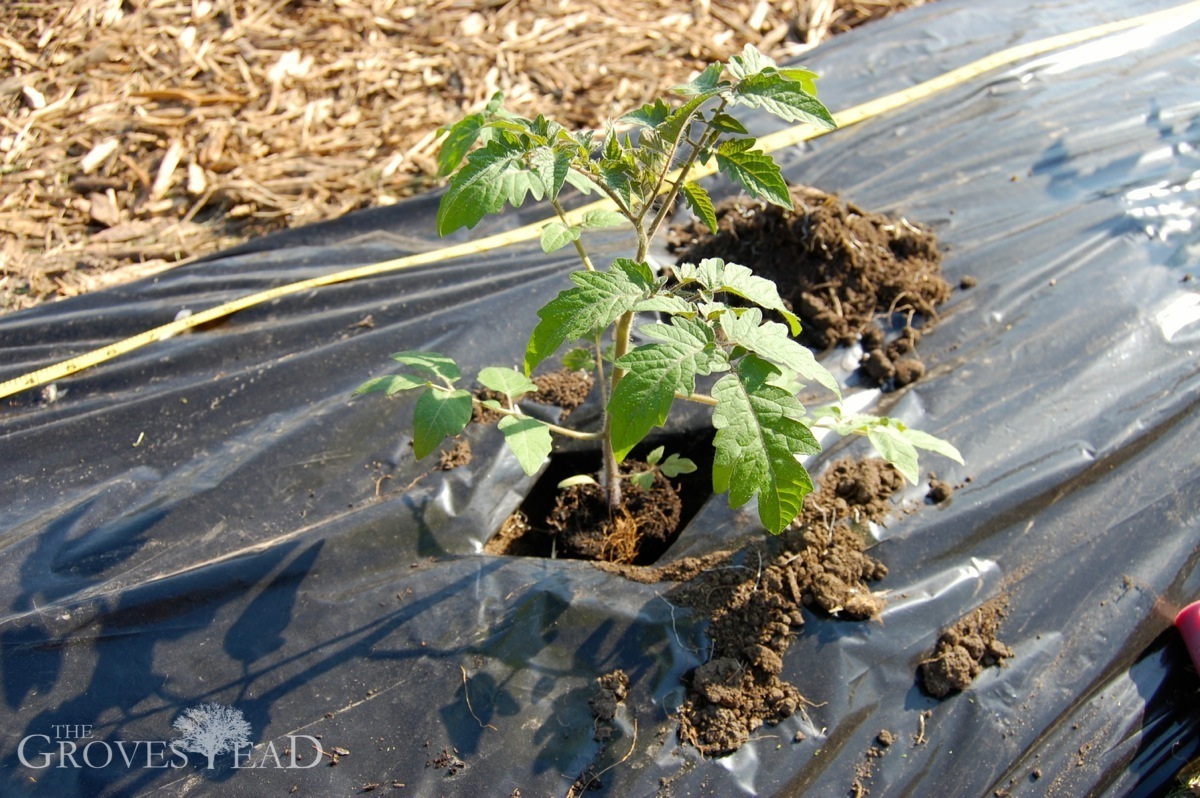

For fruiting vegetables, you might want to try a tomato plant food, mixed at half the strength indicated in the directions if applied weekly, or at full strength if only applied once every 2 weeks. Once you have planted a seedling in your grow bag, you can then supplement the slow-release fertilizer with a liquid type. If not, you’ll want to incorporate some, following the instructions on the fertilizer container. If the potting soil you select already has slow-release fertilizer included in it, that should help. As a result, plants in grow bags need more frequent fertilizing than garden plants do. Plants grown in containers have a limited amount of soil from which to draw their nutrients, and those nutrients can leach out due to frequent watering. RELATED: The 12-Inch Farm: 12 Foods You Can Easily Grow in Containers Grow bag gardening typically requires more frequent fertilizing. Trays filled with gravel should work best, since grow bags are less prone to rot if they aren’t sitting in water or on damp soil all the time. If you’re wondering “What do you put under grow bags?” a tray or large plate will do-you want something that will catch the water that drains out of the bags. You sometimes can slow down the rate at which the bags dry out by keeping them pushed close to each other. If it feels light, however, they definitely could use a drink. If the bag still feels heavy, the plants probably don’t require any more water. You often can determine whether an extra watering is necessary by lifting one corner of the container. So you’ll probably need to water the bags at least once a day during the heat of summer. Plants in grow bag gardens need more frequent watering.īecause grow bags are so well aerated, they dry out quickly once the plants they contain have grown large enough to fill them. The raised soil of the grow bags and their built-in aeration can provide those plants the excellent drainage and water evaporation that they prefer. That aeration also allows water to drain out from the sides as well as the bottom of the container, so that gardeners prone to overwatering aren’t likely to cause root rot in their plants.įlower fanciers in soggy climates can use grow bags to try plants that might previously have been impossible for them, such as African or alpine species. Therefore, the plants in bags won’t become root bound as those in hard pots can. Grow bags have porous sides, so the roots growing inside them are “air-pruned” once they reach those sides, branching out rather than growing in a circle as they would in pots. Grow bag garden systems have excellent aeration. A few examples include cantaloupe ‘Minnesota Midget,’ pumpkin ‘Jack Be Little,’ and winter squash ‘Jersey Golden Acorn.’ However, if your grow bags receive less than 6 hours of sunlight a day, you probably should opt for either brassicas, root crops, or salad greens, which don’t require as much light as tomatoes, peppers, and other sun-lovers do. You often can find dwarf cultivars of such vegetables that are better suited for container growing.


Still, growing veg in bags is within most novice gardeners’ reach, even if you’re gardening on a small balcony. Those needing more “leg room” or a bed in which to sprawl-think artichokes, asparaguses, lima beans, melons, parsnips, pumpkins, sweet potatoes, and winter squashes-aren’t as likely to do well in grow bags unless those bags are very large.
TRANSPLANTING TOMATO SEEDLINGS GROW BAGS HOW TO
Once you have bought them, here’s how to use grow bags: For best results, choose plants that have fairly shallow root systems such as brassicas, salad greens, radishes, etc. RELATED: Buyer’s Guide: The Best Grow Bags Plant selection is key for a successful grow bag garden. Although the harvest from these containers won’t be as impressive as that from larger gardens, grow bags still can allow you and your children to experience and enjoy growing, pollination, and fruiting up close. After the growing season, the emptied bags fold up for easy storage.

Sometimes, storage space is at more of a premium than growing space. You can double the number of, for example, small annuals that don’t spread as much, such as pansies. A 5-gallon bag, which usually measures about 1 foot in diameter, can hold a single tomato plant, while a 3-gallon bag (about 10 inches across) will harbor one pepper plant or a hearty planting of salad greens.Īs for flowers, either of those containers will support at least three spreading annual plants such as petunias. Even if you don’t own acres of tillable land-or any land at all-you still can garden with grow bags tucked into corners of sunny balconies and porches.


 0 kommentar(er)
0 kommentar(er)
